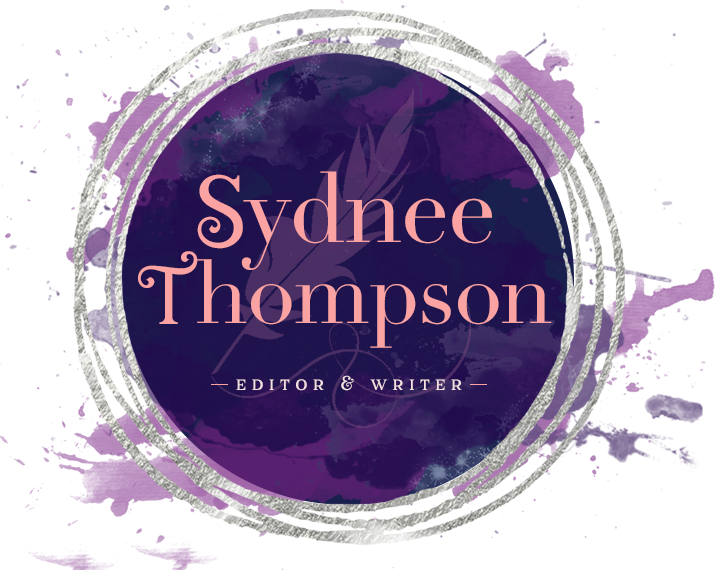Someone on Twitter (another artist) posted a poll asking whether digital art is “real” art, meaning does it have intrinsic value the way “traditional” art (art made with physical materials like canvas, paint, pencil, etc.) is always assumed to have. When it popped up on my timeline about 90% of people had given the right answer (which is a big “HELL YES”) but it got me in my feels and I had to drop some T on it that I didn’t even know I had in the pantry.
“I don’t listen to music unless it’s live. There’s no value if you can just record it and endlessly copy it to a CD”
— Black Bird (@SydMT) February 14, 2016
.@pocketoblivion It’s almost as if…originality doesn’t matter! You just want an excuse to make already poor artists labor for you for free
— Black Bird (@SydMT) February 14, 2016
There are a couple of things going on here, when people say digital art isn’t “real”: 1) a fundamental misunderstanding of what “digital” means; 2) a continuation of a decades-long devaluation of liberal arts disciplines because they’re not seen as “essential” to the functioning of society, which both lead to 3), expecting that any and all art that is created should be free or so cheap that you could decorate your entire house for less than the cost of your daily Starbucks Venti Caramel Frappuccino.
What Makes Art “Digital”
Digital art covers a wide range, but at its most basic, it’s art you create, and possibly distribute, primarily with a computer. What makes it iffy is that, under this definition, practically everything can be considered digital art these days (including the music example I used above), but I’ve seen this category mainly used to discredit 2D artists (and that includes photographers, too — why hire a professional when you have an iPhone and a sepia filter?) who use image editing software like Photoshop or art applications like Corel Painter. The general consensus is that, because software offers things like color correction, transformation tools, filters, the eyedropper tool, layers, levels, and of course, that lovely Ctrl+Z, technology sucks out all of the challenge associated with creating artwork. People claim that talent and mastery are no longer issues in the digital realm — anyone can sit down and do it in a matter of hours. The fact that these pieces can be endlessly replicated also contributes to their devaluation because art has traditionally adhered to the scarcity model — which is part of the reason why paintings from white dudes who have been dead for hundreds of years are often worth so much money.
So obviously, if creating a portrait of your grandmother is easy and the results can be replicated with the click of a button, yeah, I guess it makes sense why you’d think your artist friend would be OK with drawing it for free. But creating great art is not easy, it still costs money to produce, and it involves LABOR.
Photoshop is not going to draw your lineart for you; it’s not going to correct your horrible anatomy or your proportions or compensate for a lack of color theory knowledge. Exhibit A:

Drawn when I was like 13 with a tablet and Painter Essentials. I hate that I’m even posting this publicly.
Exhibit B:
Now I’m not saying I’m prolific or anything. But painting the second picture took way more time and effort than the first. Art classes cost money. Photoshop, tablets, and computers to run them on cost money. Just because digital art eliminates the need to constantly buy supplies* doesn’t mean it doesn’t require financial and time investments on the artist’s part. (*That said, a lot of artists sketch or draw with pencil and paper, then scan the drawings for digital touchups, while others start out digitally and paint on top of a print.)
Adobe products currently operate on a subscription model, which means a digital artist has to pay anywhere between $10-$80 a month just to access them. Professional-grade tablets can cost thousands, and then you have to figure out how to use all this fancy equipment, which is a lifelong job in itself.
Plus, complex art pieces made with Photoshop can take hundreds of hours to do. You know how you can buy a table from a furniture store for $100 but the company charges you additional cash to assemble it? Well, yeah, that applies to art too. If making digital art is so easy as to be worthless, why don’t these people shell out $20/month for Photoshop and make it themselves? Do they think we’re just so enamored by the prospect of drawing a woman we don’t even know that spending a week working on a portrait will feel like a blessing? That portrait you want is likely the result of hundreds or thousands of hours of training. It’s not “easy.”
Look, people are hypocritical by nature. At some point, you or someone you know is probably going to download a copy of that hot new album off YouTube and rationalize it by saying, “I wouldn’t have bought it anyway.” You might see a cool fanart on Facebook, scrub the watermark off it, and make it your profile pic while that artist struggles to pay her rent every month. At the end of the day, you have to make a personal decision about what is and isn’t worth your money. BUT—
Just admit that whether the art is “digital” doesn’t matter. You don’t value art, period.
So when your favorite artists can no longer afford to produce it, you’ll know why.




